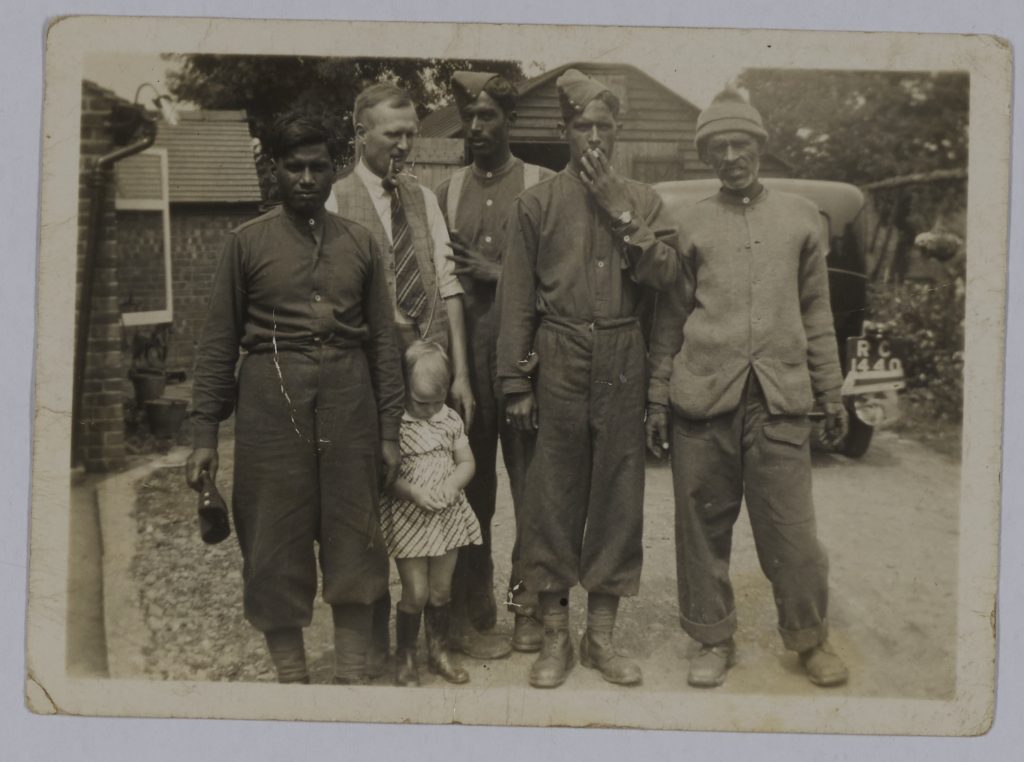We are delighted to share this post by Katie Learmont. Katie, our Graduate Business Partner Technical Assistant, has been working at the Digital Humanities Lab for four months as a Technical Assistant. Prior to joining the team, she undertook a masters in Library and Information Studies at UCL and has worked and volunteered in a variety of settings, including Eton College, the Royal Academy of Arts, V&A and the European Parliament. Katie’s experience sparked an interest in how 2D and 3D digitisation can benefit academic teaching and research, and led her to join the Exeter Digital Humanities team.
One of my key responsibilities as Graduate Business Partner was to support our Intern team to undertake a small digitisation project relating to Muslim Indian soldiers in Europe during the Second World War. On 3rd December 1939, 1723 men, mainly “Punjabi Mussulmans” and 2000 animals left Punjab for France to assist the British army with transporting supplies and equipment over rough ground. After they were evacuated from Dunkirk in May 1940, many RIASC (Royal Indian Army Service Corps) soldiers settled in military camps across the UK before returning to India in February 1944. Four RIASC men were billeted with Herbert Foster, who ran a tree nursery and chicken farm at the Plateau, Shirley Hollow. In 2016 Foster’s daughter, Betty Cresswell, met with Ghee Bowman (who is currently undertaking an AHRC funded PhD research project) at her farmhouse in rural Derbyshire. Betty showed him a small photography collection, featuring her parents with Captain Gian Kapur (Gian Kapur corresponded with the family regularly until his death in 1985), and the others, as well as press cuttings, letters, slippers and brass objects. Betty had met the Force K6 soldiers in 1940 when she was just three years old, and although she couldn’t remember them clearly she could remember the smell of chappaties cooking!

